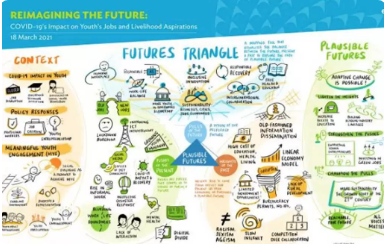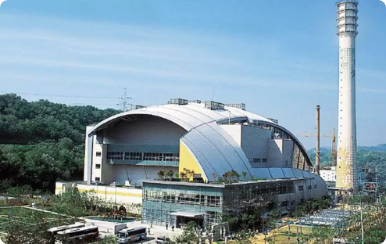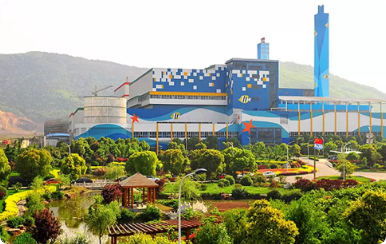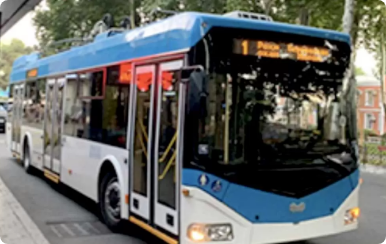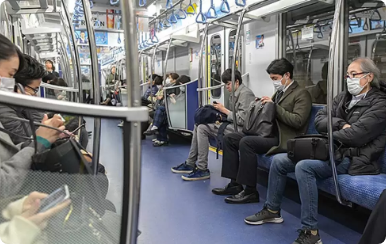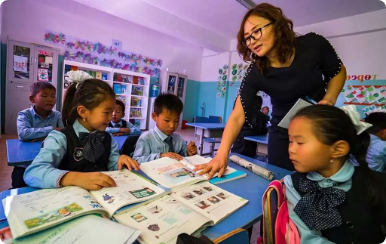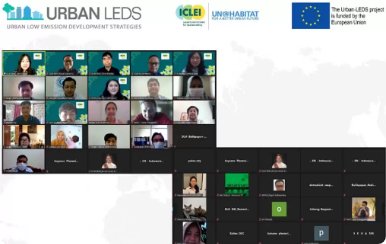Four Case Studies on How to Give STEM Education a Push
Overview Science, technology, engineering, and mathematics (STEM) education plays a significant role in achieving the Sustainable Development Goals (SDGs), particularly SDG 4—ensuring inclusive and equitable quality education and promoting lifelong learning opportunities for all. It promotes 21st-century skills by using real-world, complex problems as instructional contexts. It also advances employability skills, entrepreneurship, and innovation by integrating engineering and technology with science and mathematics. STEM education also provides an opportunity to rethink teaching and learning in practical and intuitive ways. A publication from the Asian Development Bank draws inspiration and lessons from case studies in four countries on how to implement STEM education. Each country has its own approach to STEM learning, but they all focus on promoting 21st-century skills and preparing students for the future. Their curriculum also puts emphasis on convergence across various disciplines, innovating instructional methodology, and collaboration among students. Project-Based Learning in Thailand Located near Bangkok, the Roong Aroon School approaches STEM education based on three success factors: (i) interdisciplinary connections; (ii) the need for new, ambitious instructional practices in enacting a STEM approach; and (iii) the engagement of students in real-world problem solving. It offers project-based learning, which encourages students to become self-directed learners and enhances their collaborative skills as they work with others. Students, in collaboration with teachers, identify a real-life problem within or outside the school community and make it the focus of their STEM project. They discuss, identify, and research the knowledge required, come up with a work plan, share the group work, present their design to the teachers, work on and try out experiments to solve the problem systematically, and prove their project inventions. Teachers guide students with a lesson framework to plan key educational concepts in terms of content, learning objectives for knowledge, understanding, learning skills, values/attitudes, learning processes, and evaluation. They support and guide students through projects and inventions without the need for any extensive lecturing. STEAM Integration in the Republic of Korea The Republic of Korea (ROK) has included the arts (hence, STEAM) as a way to promote critical thinking. Its STEAM education focuses on increasing students’ interests and understanding of science and technology and nurturing their STEAM literacy and problem-solving ability. To achieve its goal, ROK launched initiatives to systematically implement STEAM from the national to the school level. At the national level, the STEAM education framework involves operating model schools that integrate 20% of STEAM-related content in syllabi for science, mathematics, technology and home economics, and music and art classes. It also includes providing teacher training and supporting the teacher community, making a STEAM education platform, and involving science-related institutes as agencies for STEAM education. The framework for integrated STEAM classes consists of the following steps: A Focus on Applied Learning in Singapore The STEM Applied Learning Programme in Singapore has been implemented in secondary schools since 2014. It aims to promote interest in STEM and encourage students to pursue related careers. The program focuses on hands-on activities and presenting a challenge or problem statement relevant to the real world for students to solve. This method establishes relatedness among subjects, encourages learning through play and exploration, and stimulates development of 21st-century competencies, such as collaboration, communication, and problem-solving skills. As students find solutions to the problem, teachers facilitate, guide, motivate, and challenge them to reexamine the solution, modify its aspects, and test it. At the end of the STEM program, students collaborate and apply their knowledge to build and complete a prototype solution. The STEM program covers 124 mainstream secondary schools that focus on one of eight areas: Key personnel of the school and education and curriculum experts discuss and finalize the design, development, and implementation of a customized curriculum. Schools invite industrial engineers and partners to schools and work together with teachers. The government provides financial support and sends a STEM educator to the school to give on-site support, including conducting professional development workshops for teachers. Enabling a Creative Learning Environment in Finland A group of educators who wanted to change the traditional way of teaching started STEAM education in Yli-Ii school in Oulu, Finland. This initiative began as the new national core curriculum for basic education was taken into use in secondary schools from 2017 to 2019. The new curriculum sought to reinforce student activity, increase the sense of meaning in studying, and enable experiences of success through the development of creative learning environments and new ways of working. Yli-Ii school’s STEAM learning requires combining more than one subject together with 21st-century skills. It is being implemented through a learning environment called Värkkäämö that promotes student-centered learning. Activities are designed to support students’ competence, autonomy, and involvement, and highlight cooperation between students and teachers. Students take an active role in designing their studies and the school’s STEAM working space. They can choose their working methods, platforms, and technology as they hone their skills and know-how. Teachers, meanwhile, collaborate in teaching cross-curricular subjects and open their classroom doors to teachers and students to seek the best solutions. As students are encouraged to set learning goals themselves and learn collaboration and communication skills, they become motivated, develop self-directness, and think like mathematicians and scientists. Recommendations The strong demand for STEM skills to meet economic and environmental challenges require education reforms. To foster 21st-century skills, education needs to be designed to present the content in real-life context and make students experience inquiry and collaboration in schools. The following measures need to be considered when implementing STEM education: Promote a common understanding of STEM education. There should be a common understanding of what STEM education means among all stakeholders, including the Ministry of Education, teachers, parents, and students, and non-formal education sectors. Renew the curriculum. Teaching and learning materials need to be updated by converting content-based curriculum into competency-based curriculum that focuses on students’ future competencies, such as critical thinking, creativity, communication, and collaboration. Education must be highly relevant to real-life needs and encourage collaboration between students. Provide teacher pre-service and in-service education. Teachers must have multidisciplinary knowledge in various subjects and learn to work with other



